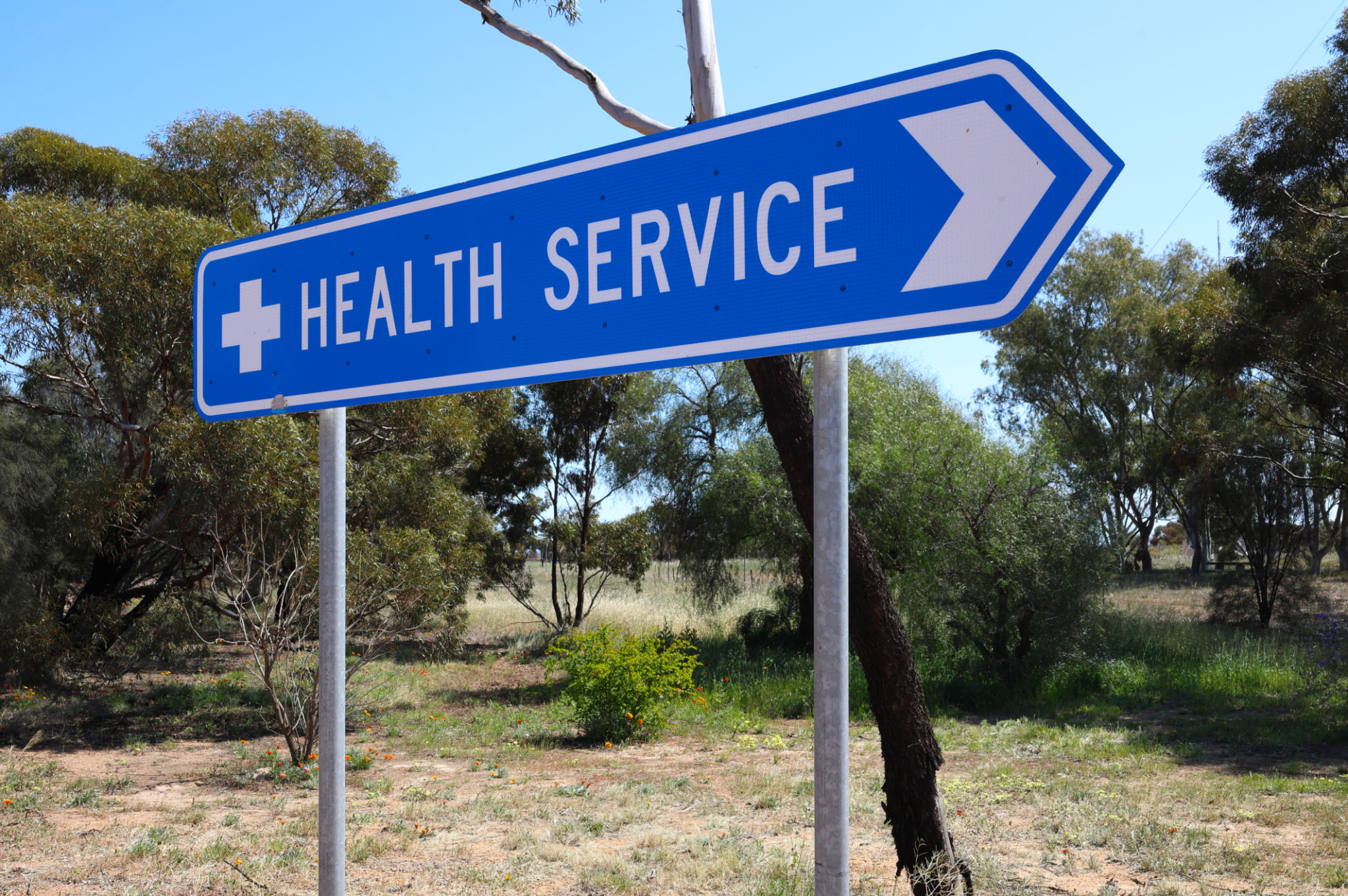Addressing Healthcare Disparities in Rural African Communities
PH
Understanding Healthcare Disparities
Healthcare disparities in rural African communities remain a pressing issue that continues to challenge efforts to achieve global health equity. These disparities are influenced by a range of factors, including geographical, economic, social, and infrastructural limitations. Addressing these issues requires a multifaceted approach that considers the unique characteristics of rural settings.

Geographical Barriers
One of the most significant challenges is the geographical isolation faced by many rural African communities. Often located far from urban centers, these areas have limited access to healthcare facilities and professionals. This isolation not only makes it difficult for residents to reach medical services but also complicates the delivery of essential health supplies and emergency care.
To tackle these barriers, innovative solutions such as mobile clinics and telehealth services have been introduced. These initiatives aim to bring healthcare directly to underserved populations, reducing the travel burden on patients and ensuring timely access to care.
Economic Constraints
Economic factors also play a crucial role in healthcare disparities. Many rural communities in Africa face high levels of poverty, which limits their ability to afford healthcare services. Additionally, healthcare facilities in these areas often suffer from underfunding and lack of resources, leading to inadequate service provision.

To address these economic challenges, there is a need for increased investment in rural healthcare infrastructure. Government support and international partnerships can help provide the necessary funding to improve facilities, supply medical equipment, and train healthcare workers.
Social and Cultural Factors
Social and cultural factors can further exacerbate healthcare disparities. In some rural African communities, traditional beliefs and practices may influence health-seeking behavior, with individuals opting for traditional medicine over modern healthcare services. Additionally, language barriers and lack of health education can hinder effective communication between patients and healthcare providers.

Efforts to bridge these gaps include culturally sensitive health education programs that respect and incorporate traditional practices while promoting the benefits of modern medicine. Training local community health workers who understand the cultural context can also improve patient trust and engagement.
Improving Infrastructure
Infrastructure development is key to addressing healthcare disparities. Poor road networks, lack of electricity, and limited water supply can all negatively impact the quality of healthcare delivery in rural areas. Investments in infrastructure not only improve access to healthcare but also enhance overall living conditions.
Partnerships with local governments and international organizations are crucial in building sustainable infrastructure. These partnerships can support projects that focus on building roads, installing solar power systems for health facilities, and improving water sanitation.
The Path Forward
While the challenges are significant, progress is being made in addressing healthcare disparities in rural African communities. Collaborative efforts that involve local communities, governments, and international partners are essential for sustainable change. By focusing on innovative solutions and empowering local populations, we can move closer to achieving health equity for all.